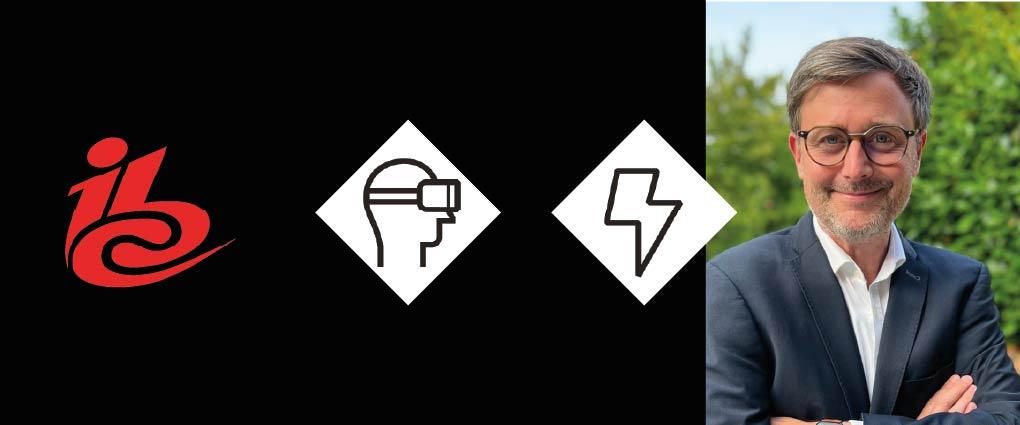IBC 2025 opens its doors in Amsterdam on Friday, September 12, and will be in full swing throughout the weekend. Nicolas Ramin, Deputy Director of Expertise and Innovation at b<>com, will be there to meet IRT's investor members, partners, and customers, and to immerse himself in this comprehensive overview of the broadcasting world.
Nicolas, what are the major trends expected for IBC 2025?
For this edition of IBC, I expect several major trends. The first relates to the search for efficiency and performance, particularly in immersive technologies, while optimising resource use and the associated energy impact. Various levers illustrate this search, including the integration of artificial intelligence into workflows, the development of new IP and cloud workflows, and interoperability between systems.
The second trend concerns a new rise in virtual reality, augmented reality, and virtual production. Last year, b<>com received an award for its work on volumetric video based on radiance fields. Volumetric video and the possibilities it offers are therefore likely to be a hot topic!
I also expect a key development in 5G for broadcasting, which combines one-to-many broadcasting with the flexibility of 5G to offer live mobile streaming without network congestion and open up new mobile uses.
Finally, improvements in streaming performance, the rollout of dynamic HDR, and the issue of trust in content will be exciting!
What will be your priorities during your visit to the IBC?
Above all, it is the ideal place to analyse broadcast market trends in depth, observe all value chains, and identify and better understand where opportunities are created. I will be paying particular attention to the French players present: this will be an opportunity to identify those who could benefit from IRT's complementary expertise and potentially join our innovation circle. Of course, I will be visiting the stands of our investor members who are present. It is also the best place to meet our customers and partners who use b<>com *Sublima*.
At b<>com, what broadcast technologies are you working on with members of the innovation circle?
We are working on advanced video compression, for example with Ateme, particularly on neural compression approaches and new 3D video encoding schemes. The aim is to reduce the bandwidth used while optimising visual quality. Utilizing what is known as frugal AI, we are developing intelligent and resource-efficient image processing techniques. These processes involve several stages: correction, cleaning, and image enhancement. They improve the viewer experience while reducing the associated energy footprint. We are exploring NeRV (Neural Representations for Videos), a promising approach that opens up new possibilities in compression, rendering, and interactivity.
As mentioned above, we are also working on volumetric video technology. With volumetric video reconstruction workflows that allow environments to be viewed from different angles and interacted with in real time, the way is opening up for even more complete immersion. We explore possibilities in the worlds of sport, concerts, industry, and healthcare.
All this work is part of a drive to reduce energy consumption, both in frugal AI and in improving our IPs.
At the same time, we are continuing to improve our b<>com *Sublima* bidirectional SDR-HDR converter and supporting our customers in deploying dynamic HDR.



